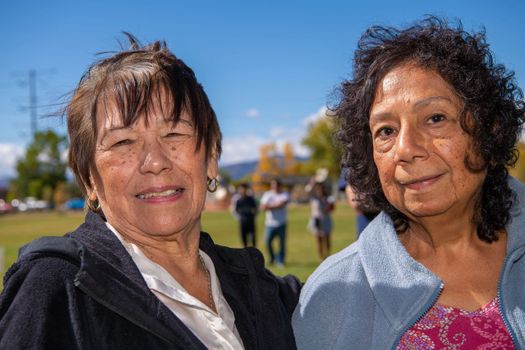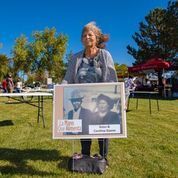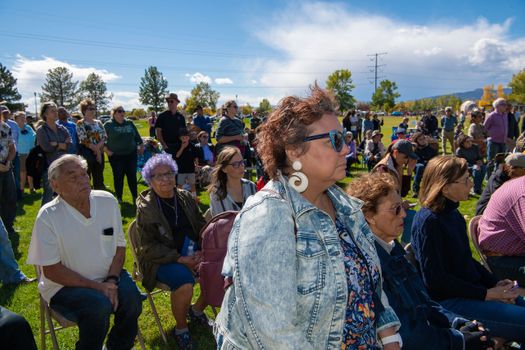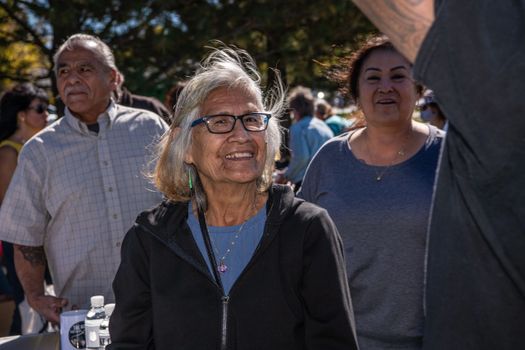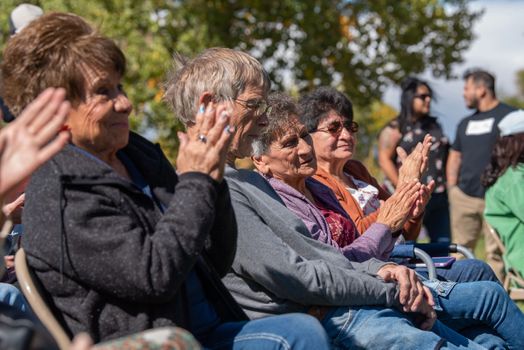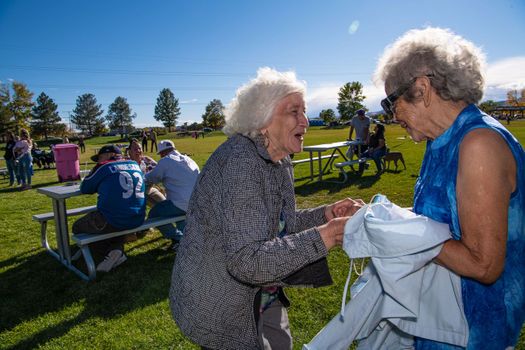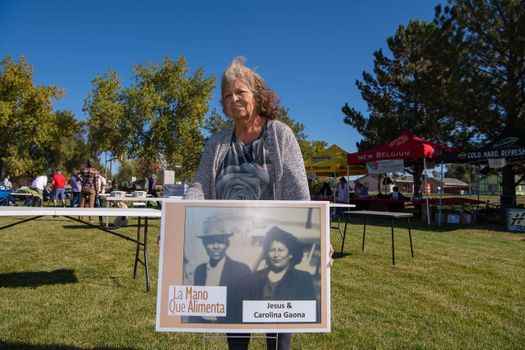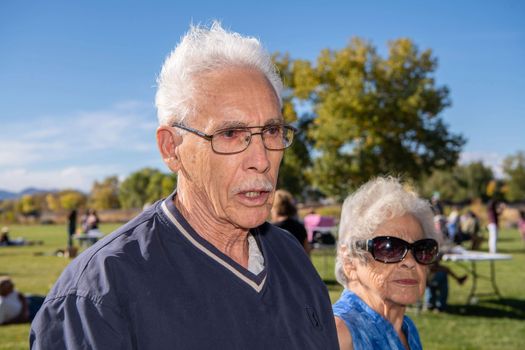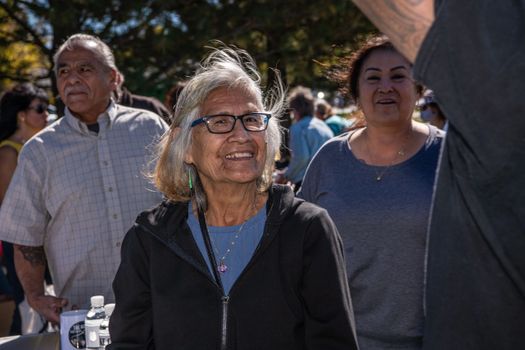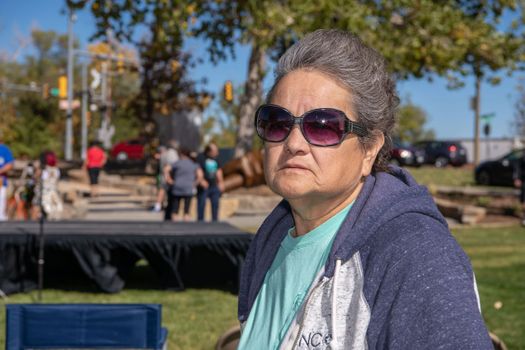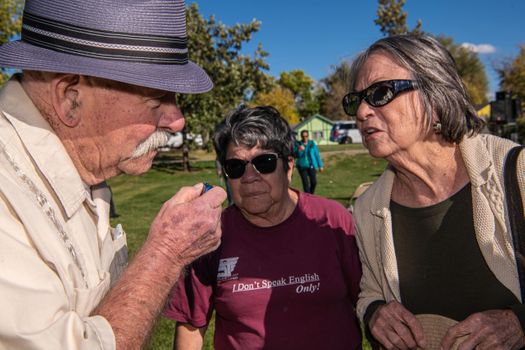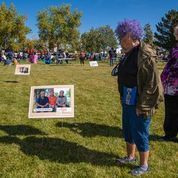Monument
Our story...
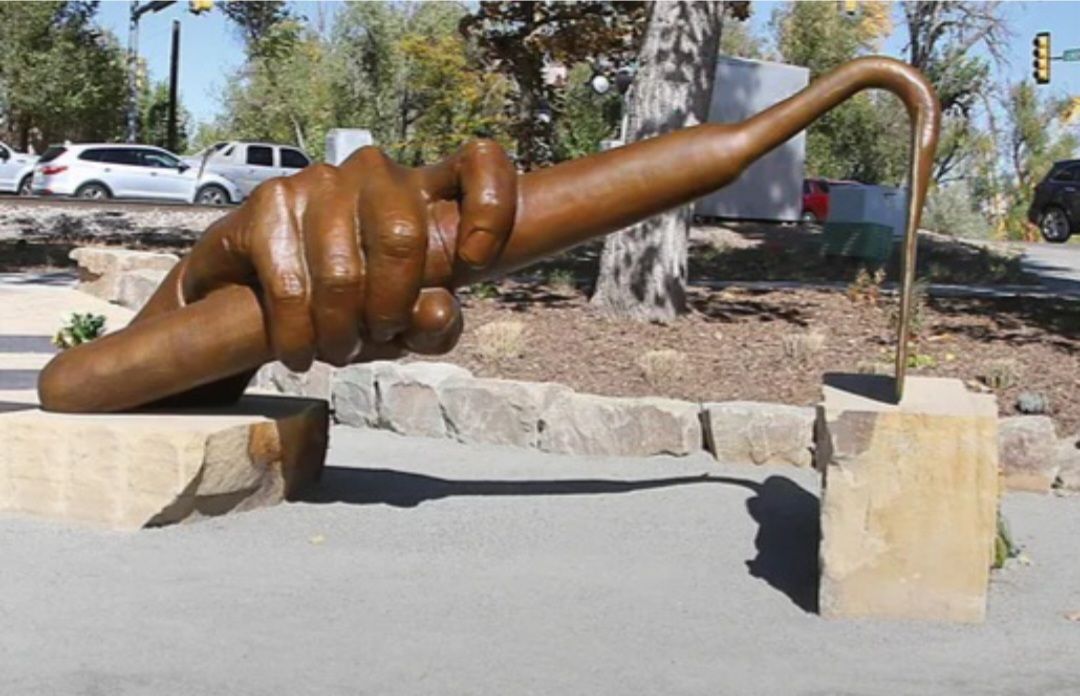
THE HAND THAT FEEDS MONUMENT
Sugar Beet Park - 625 9th Street - Fort Collins, CO
The Hand That Feeds tells a story. It is a story of hard work, perseverance, and determination. It is the story of the thousands of men, women and children who came to the Fort Collins region to do back-breaking work in the sugar beet fields in the early 1900s. It is the story of the many Hispanic, Mexican and Chicano families who eventually came to see Fort Collins as their home, settling in the Tres Colonias neighborhoods adjacent to the sugar beet factory, creating community and adding to the culture and fabric of the Fort Collins community. The Hand That Feeds is not a story of the sugar beet industry, once an important part of Fort Collins’ history, The Hand That Feeds is a story about the people who helped to make that industry successful.
This monument is meant to commemorate, preserve, and honor the history of the Hispanic and Mexican people who came to work in the sugar beet fields in Fort Collins, Larimer County and Colorado.
History
Today sugar beet production is a small part of Colorado’s economy, but in the twentieth century it was the most important agricultural activity in the state. Area farmers relied on sugar beets as an important cash crop, however, each harvest required thousands of nonunionized fieldworkers. Successful beet cultivation required periods of such intense drudgery that farmers had to find wage-laborers to expedite the work. Farmers and sugar companies actively recruited Mexicans and Chicanos, and the region drew many migrants.
The sugar beet industry, which started in Colorado in 1899, was the largest employer of Hispanics in Colorado by the late 1920s. Their employment was as agricultural hand laborers, performing low-skilled, tedious work at the irregular demands of seasonal agriculture. These individuals are often left out of Colorado histories, yet they contributed the bulk of human energy needed to convert beets into sugar. Without their labor, the sugar beet industry and other labor-intensive agricultural industries in Colorado would not have prospered. Through their sweat and toil, Colorado became the largest sugar producing state in the United States in 1909.
The work was long and hard, sunup to sundown. There were no age limits to who could work the beet fields, consequently five-year-old children and grandparents were out in the hot sun doing the back-breaking work of thinning and topping beets from dawn to dusk. An average family would work an area the size of a football field, receiving the sum of $10.00 a day for their work.
The standard tool for working the sugar beets was the short-handled hoe. The short-handled hoe required workers to stoop over as they used it to cultivate crops. Working with the short-handled hoe had long term consequences for agricultural laborers. Many growers believed short-handled hoes made workers more careful and kept crops from being damaged. The bosses also liked the short-handled hoe because they could tell at a glance whether the farm laborers were working or resting. The hoe became a symbol of the exploitive working conditions as it took a big toll on the backs of so many. Campaigns by United Farm workers and others helped outlaw the use of the hoe in 1975.

BRONZE SCULPTURE WITH STONE BASE
Paying Homage...
This monument pays homage to the people who played a critical role in Fort Collins’ and Larimer County’s sugar beet history. The sculpture tells the story of the sugar beet worker:
· The Short-Hoe: Represents the back-breaking work required by the sugar beet workers.
· The Hand: Represents the very people who carried out that work - Hispanic and Mexican – who came to this area to work the beet fields despite poor working conditions, low pay and discrimination. Eventually settling in Fort Collins to become part of the fabric of our community.
· Engraved Names: The names engraved on the scuonias – the original sugar beet workers. An additional plaque will include the names of donors for the project.
· Photo/Storyboard: A free-standing photo/storyboard will provide a history of the role of the sculpture and will honor the founders of Tres Colonias people played in the sugar beet industry.
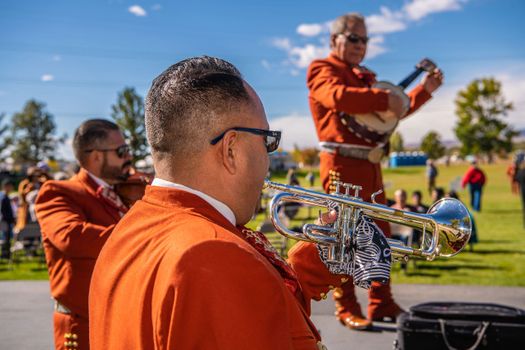
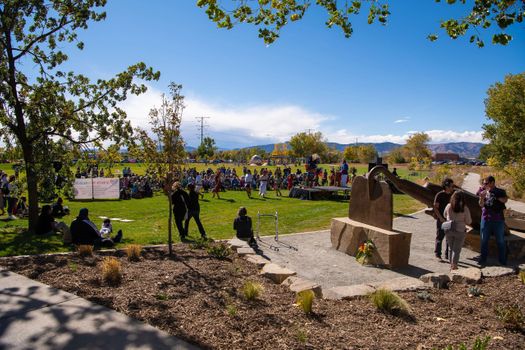
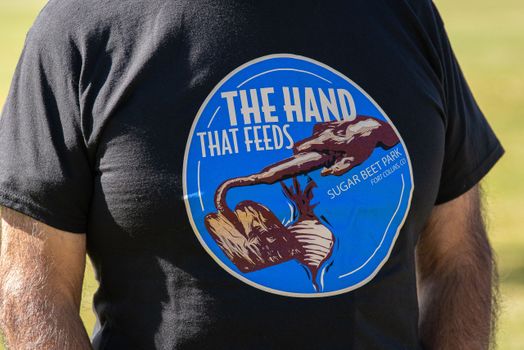
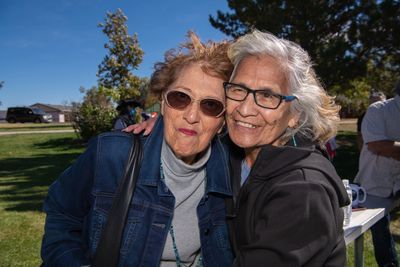

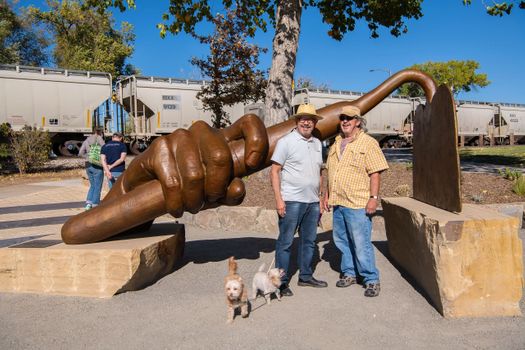
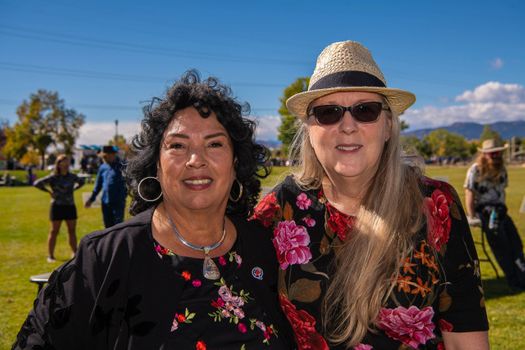
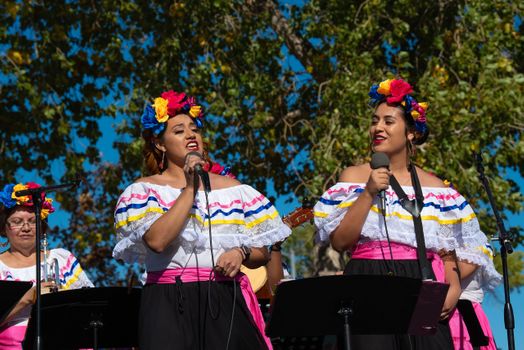
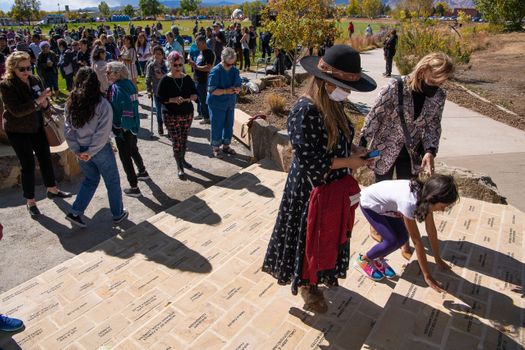
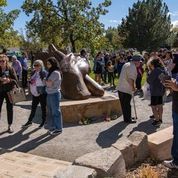
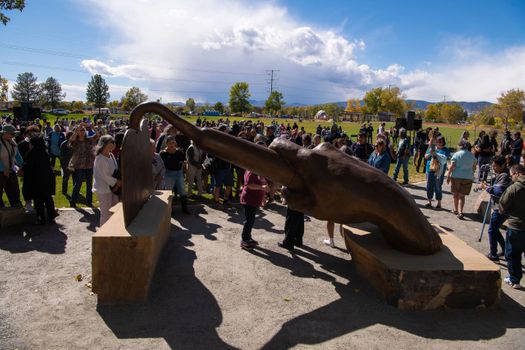
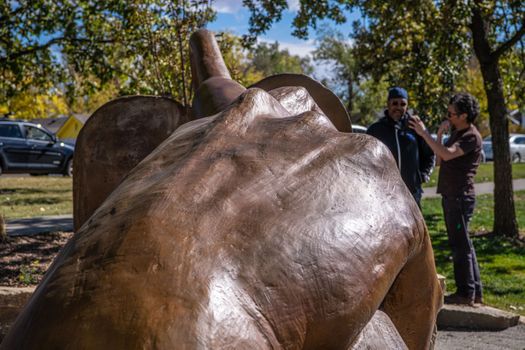
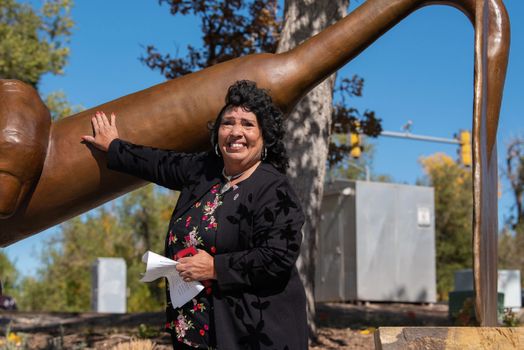

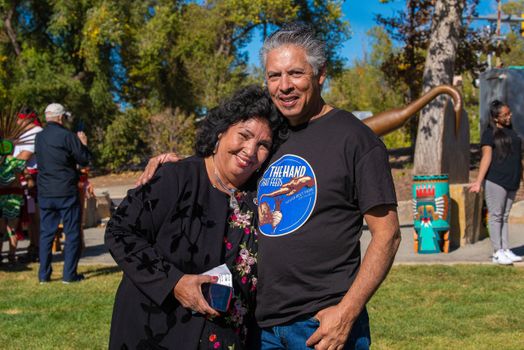
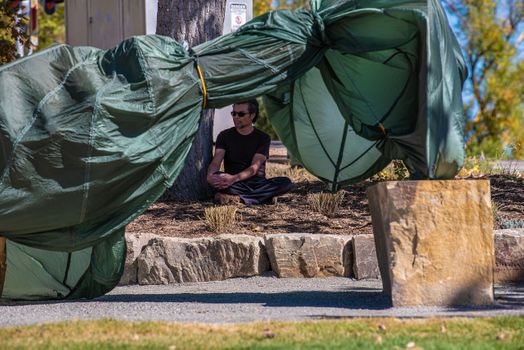
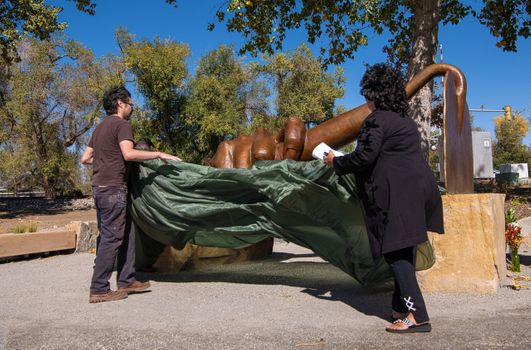
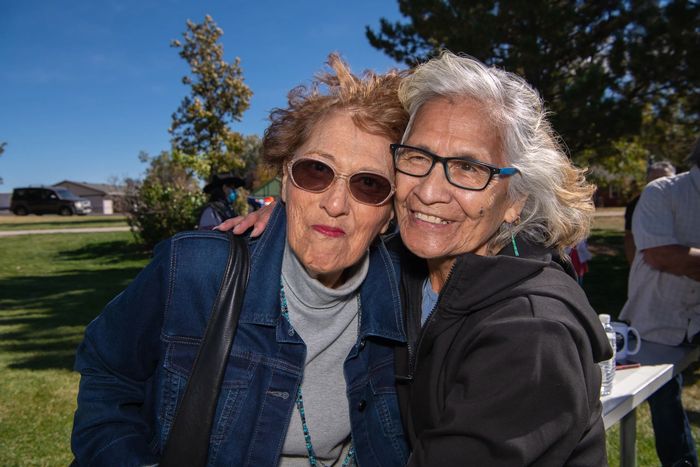
TRES COLONIAS
Making Fort Collins Home
Over time, Great Western Sugar Factory developed three Spanish colonies in the Fort Collins area –– Andersonville, Alta Vista, and Buckingham –– or Tres Colonias –– to house many of the workers. The colonies surrounded the sugar beet factory. As the workers settled into their community, they were no longer just sugar beet workers, they were also church members, gardeners, customers, ball players, and community activists. Residents from different states and countries fostered lasting relationships. Neighbors shared resources and contributed to the local dynamic.
PHOTO GALLERY
